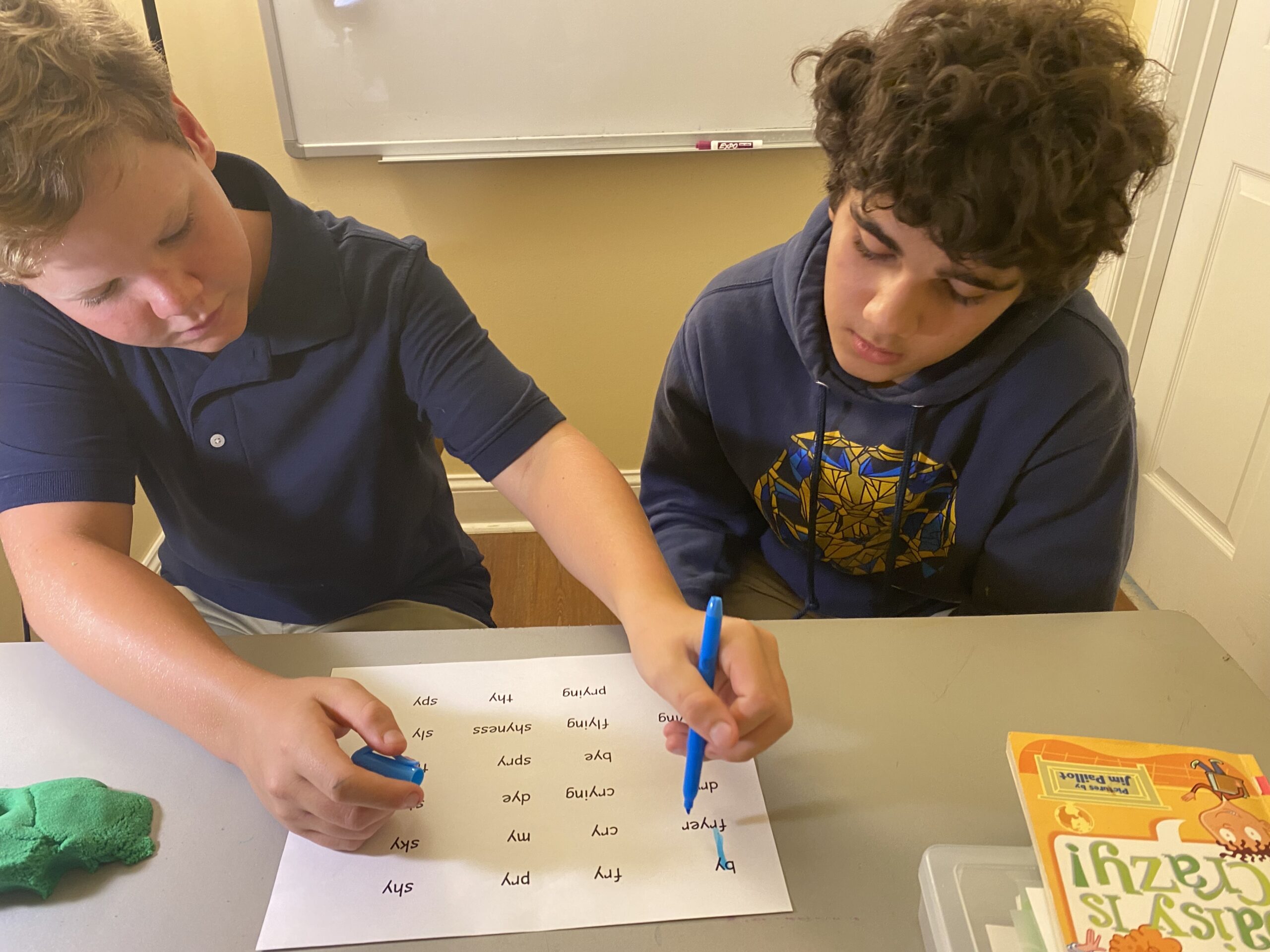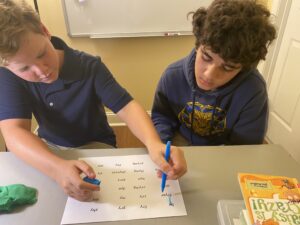
01 Oct Understanding Dyslexia
When your child has learning differences, it can be scary. Many parents want their child to be like their siblings, or like “other students”. That is not a reasonable expectation. Anatomical and brain imagery studies show differences in the way a person with dyslexia develops and functions. Children “get” dyslexia because they inherit it genetically. This is why Legacy has had so many siblings over the years!
What is dyslexia?
It is a difference in the way a child processes language, both oral and written language, that has nothing to do with intelligence or a desire to learn. The core difference is the ability to recognize words automatically or the ability to associate sounds to words. However, that is not the only difference. People with dyslexia can also have problems with spoken language-both understanding it and difficulty retrieving the appropriate words to express themselves clearly. Spelling accurately and understanding how to organize spoken and written language is almost always present.
This can also carry over into mathematics. Recalling math facts automatically, reversing numbers or generalizing math concepts can also be affected.
Is there a solution?
Legacy will never fix your child’s dyslexia; it is genetic! But we will provide them with appropriate instruction to help remediate their challenges. Our reading program is based on Orton-Gillingham, which is the gold standard for dyslexic children, and emphasizes things that traditional reading programs do not. Our reading program focuses on helping your child:
- Learn to recognize and use the smallest sounds that make up words (phonemes)
- Understand that letters and strings of letters represent these sounds and words (phonics)
- Automaticity in recognizing non-phonetic words (sight words)
- Read aloud to build reading accuracy, speed and expression (fluency)
- Build a vocabulary of recognized and understood words (vocabulary & comprehension)
Dyslexic children need continuous instruction in all of these areas with minimal breaks in order to be fluent readers. Teachers are charged with the tasks of training their brains to process language accurately. This takes time, practice and individualized (direct instruction). Each child’s timeline is different as each brain is different. All of us, both parents and educators, have to hang in there and watch the process unfold. Your children are well worth the investment.

Students complete many activities to build strong language decoding skills.
